



"There is more history (and myth) in a small wave of the Mediterranean than in the waters of all the oceans," it has been said.
This Mediterranean sea, full of memories, finds its essence in the island of Capri, or, if you prefer, "the pearl". It is the place where nature and beauty meet, where myth and history still speak to us.
There are many islands across the world's seas that can boast beauties comparable to those of Capri, but none of them have a past so rich in memory, which adds to the allure of the place.
It seems impossible that on this island, no larger than a rock, so many lives have crossed paths and so many destinies have been fulfilled.
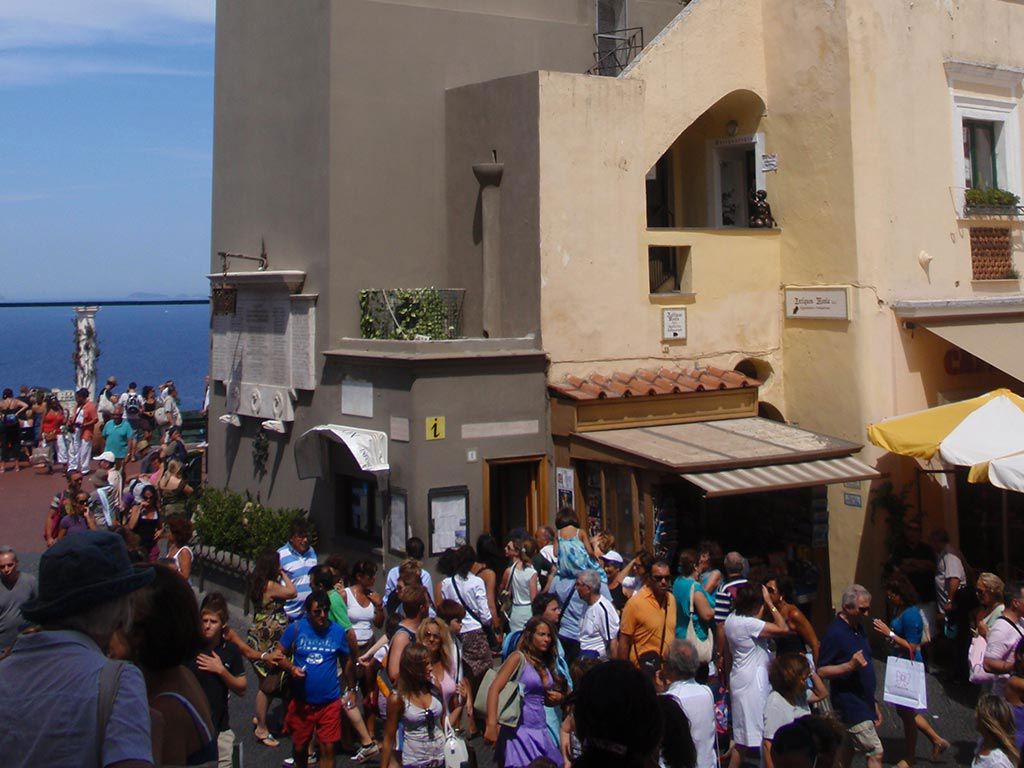
Capri’s Piazzetta is the true heart of the island and you can’t visit Capri without passing through its main square (officially called "Piazza Umberto I"). The Piazzetta is a common meeting point for tourists and Capri residents, and where everyone stops for a coffee or an aperitif. The square’s prominent clock tower dominates the view, and its bells mark the rhythm of life on the island every quarter of an hour.
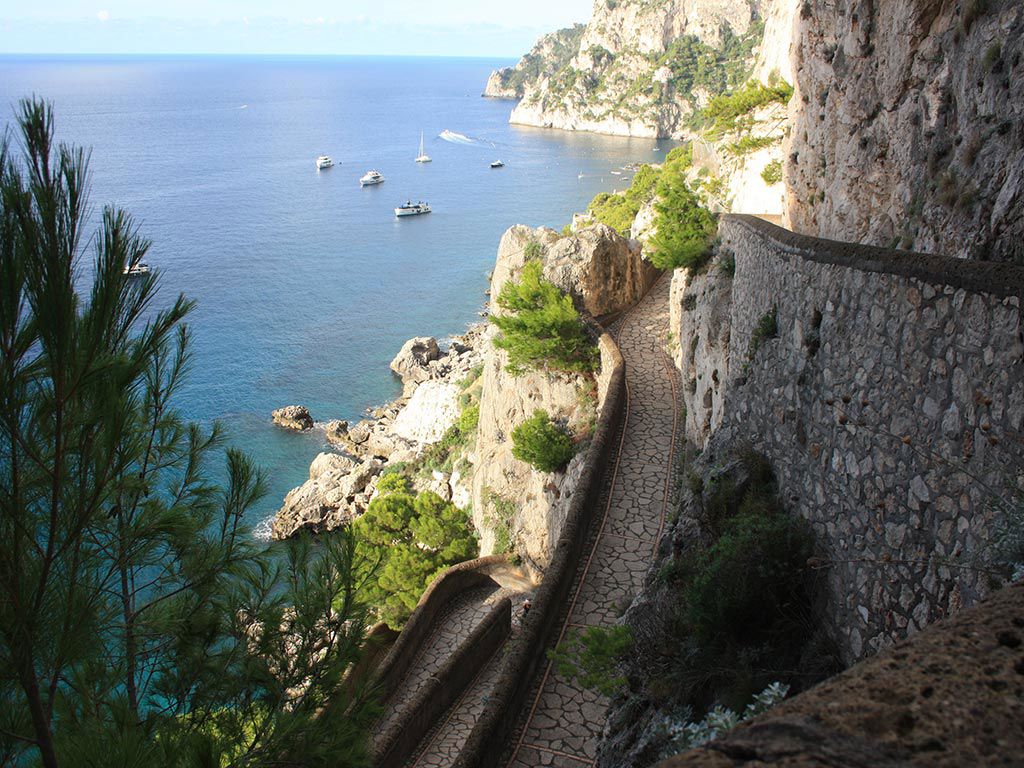
The Gardens of Augustus are located just a short walk from the Piazzetta. Here you’ll find a small oasis of colorful flowers and exotic plants overlooking the bay of Marina Piccola and the Faraglioni. From up here you can admire one of the most famous roads on Capri, Via Krupp, with all of its hairpin turns. Built by the German industrialist of the same name, Via Krupp runs all the way to Marina Piccola.
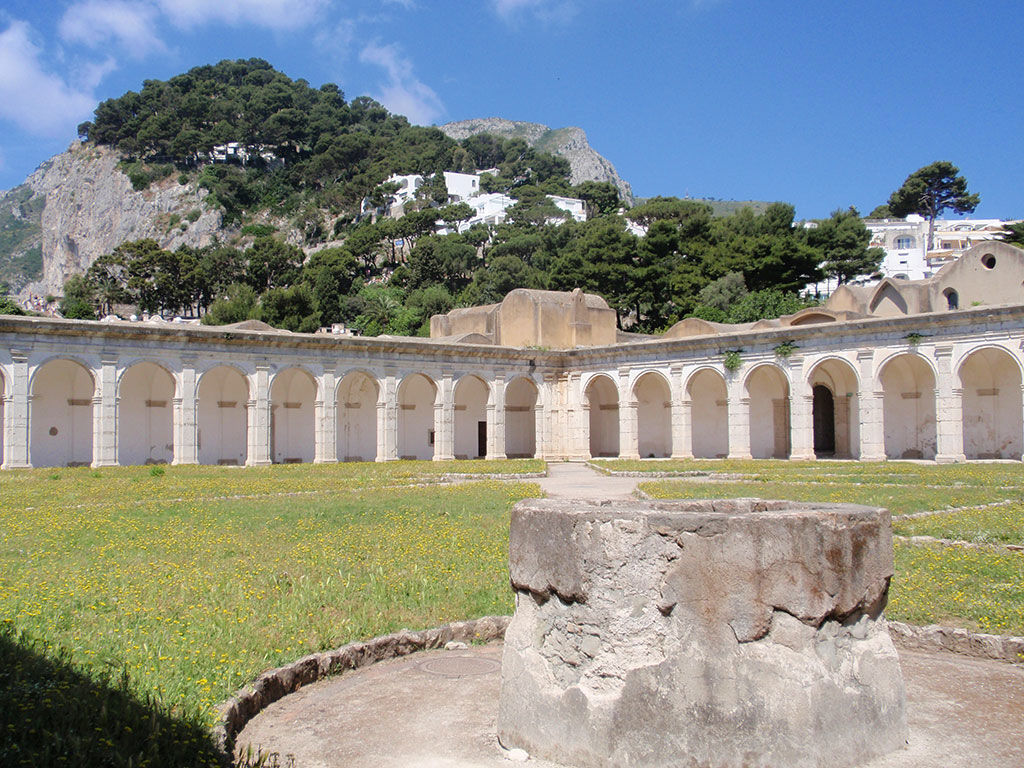
Next to the Gardens of Augustus is the Charterhouse of St. Giacomo (Certosa di San Giacomo), formerly a convent and then a prison. Nowadays it hosts a permanent art exhibition dedicated to the painter Diefenbach, as well as temporary exhibitions.
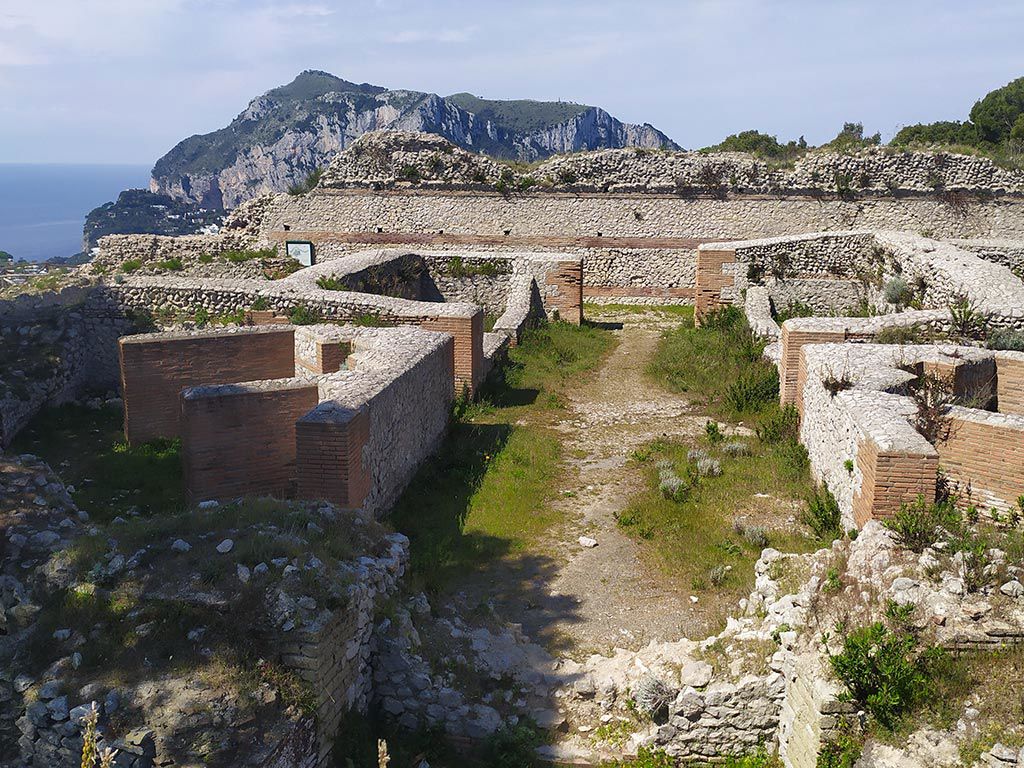
As you continue walking from the center of Capri along the slopes of Mount Tiberius, after about an hour's uphill climb you'll arrive at the remains of Villa Jovis, the Capri residence of the Roman Emperor Tiberius. From here Tiberius commanded the Roman Empire, communicating with the mainland by a system of signals using mirrors reflecting the sun.
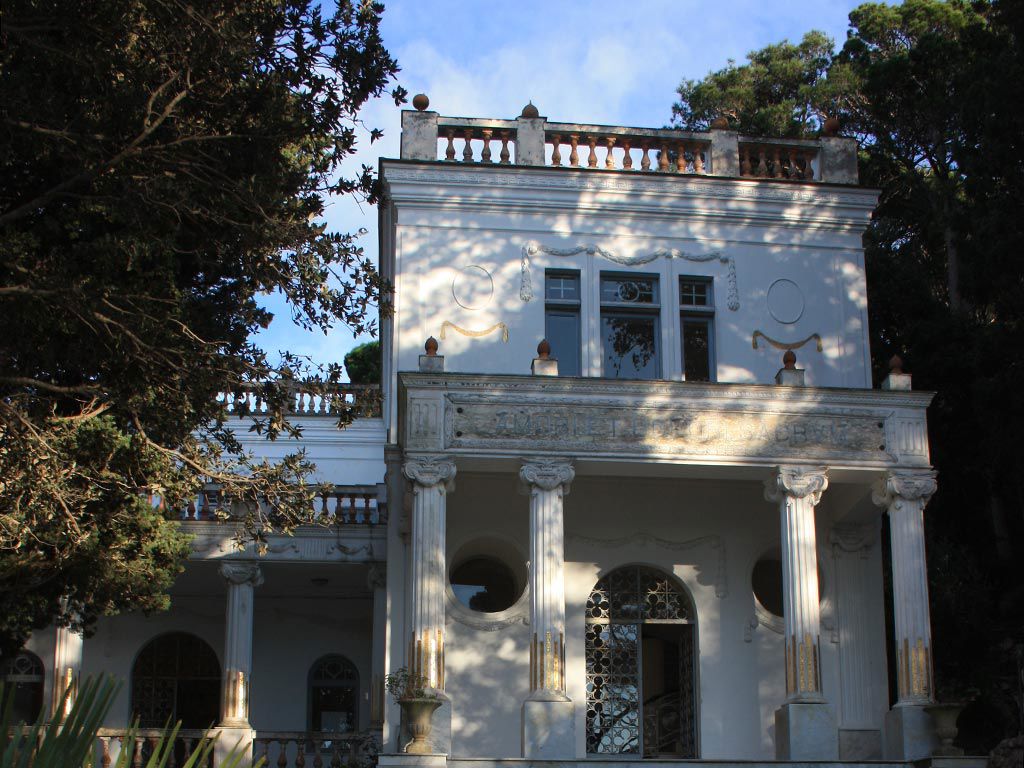
A little further down is Villa Lysis, a jewel of Art Nouveau architecture built by Count Fersen. It was recently restored and reopened to the public. You can then continue your walk along the Pizzolungo path up to the Natural Arch.
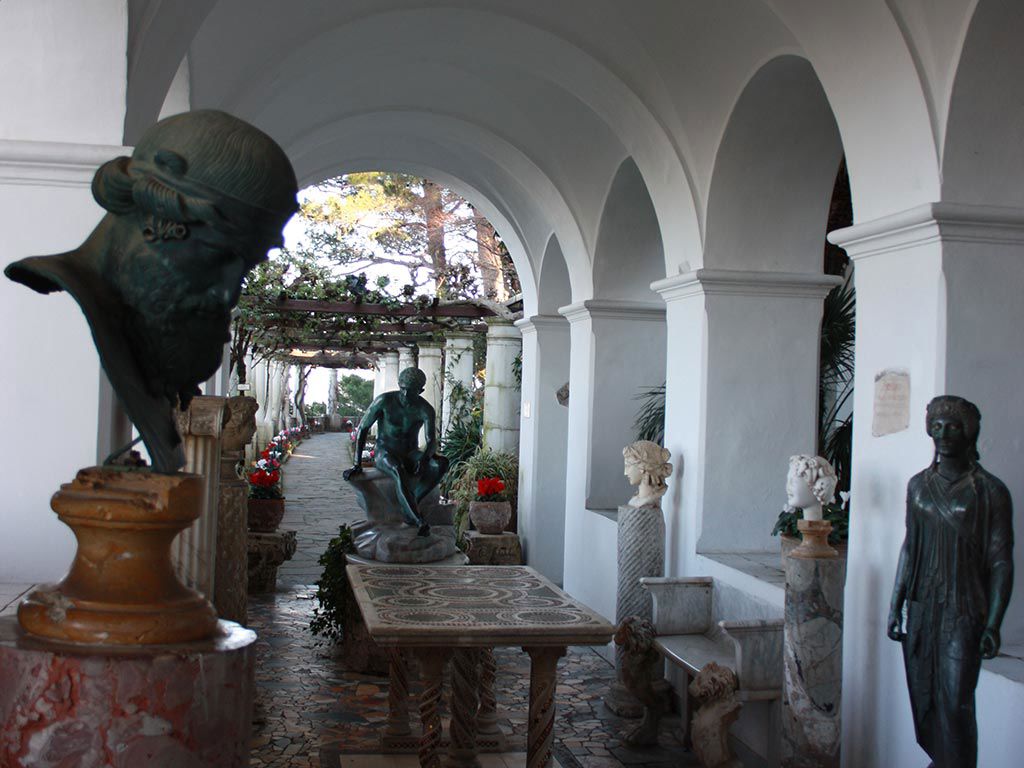
The promontory of Anacapri is where the Swedish doctor Axel Munthe decided to build his Capri house, Villa San Michele. His house is now open to the public as a museum and is one of the best things to do in Capri. Enter inside and you can view the original furnishings and his collection of one-of-a-kind archaeological finds from island. You can also stroll through the gardens and look out over the scenic panorama of the entire Bay of Naples.
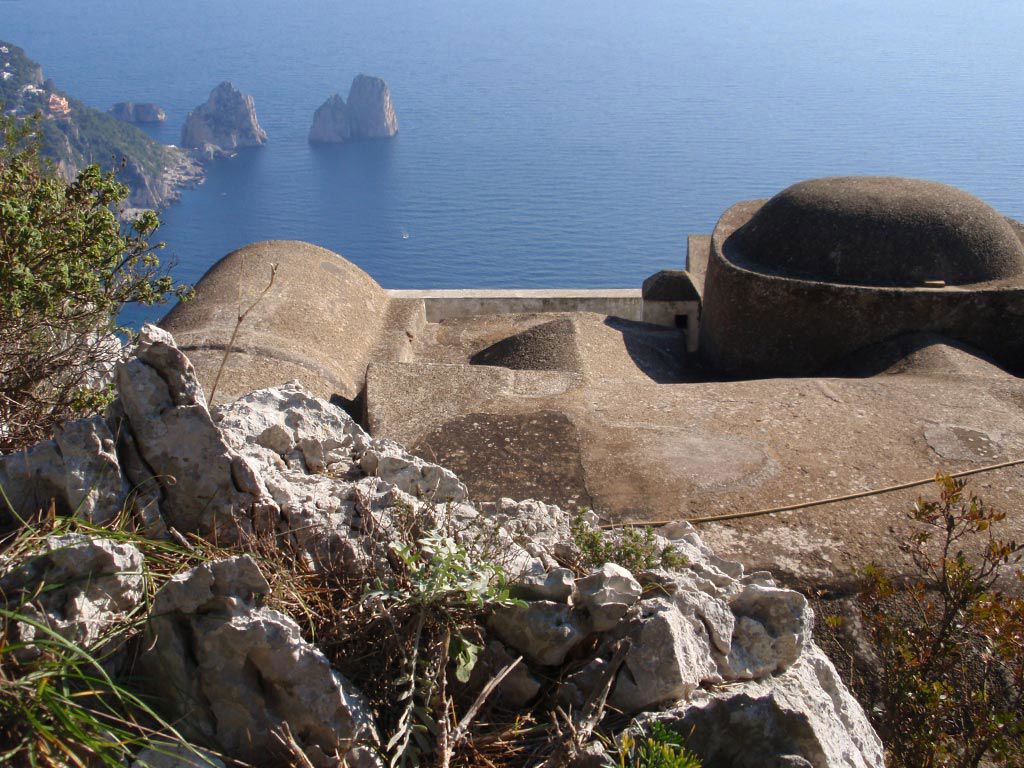
Take the chairlift from the main square of Anacapri (Piazza Vittoria), and in ten minutes you’ll reach the summit of Monte Solaro, the highest peak on the island. Here you can take in the dramatic cliffs overlooking the sea, with sweeping views of the Sorrento peninsula and the Amalfi Coast. On the clearest days, the view from up here includes the entire coast of Campania. From the top of Monte Solaro you can walk back to the valley, stopping to visit the Cetrella Hermitage.
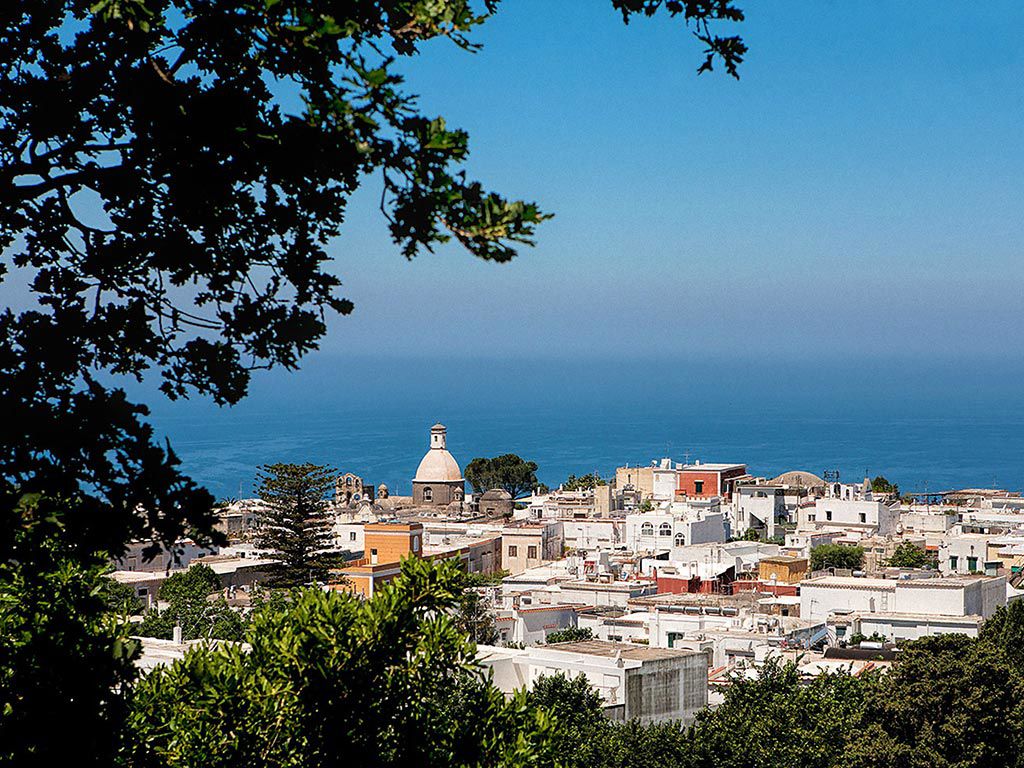
If you take the time to explore the center of Anacapri you’ll be in for a pleasant discovery with the many interesting sights to see here. Walking along the pedestrian-only via Giuseppe Orlandi you can stop to visit Casa Rossa, which houses ancient Roman statues found in the Blue Grotto. Don’t miss the church of San Michele with its majolica floor depicting earthly paradise and the cathedral of Santa Sofia with its characteristic double-clock bell tower. One of the clocks is a modern 12-hour clock, while the other is from 1600 and retains its six-hour setting.
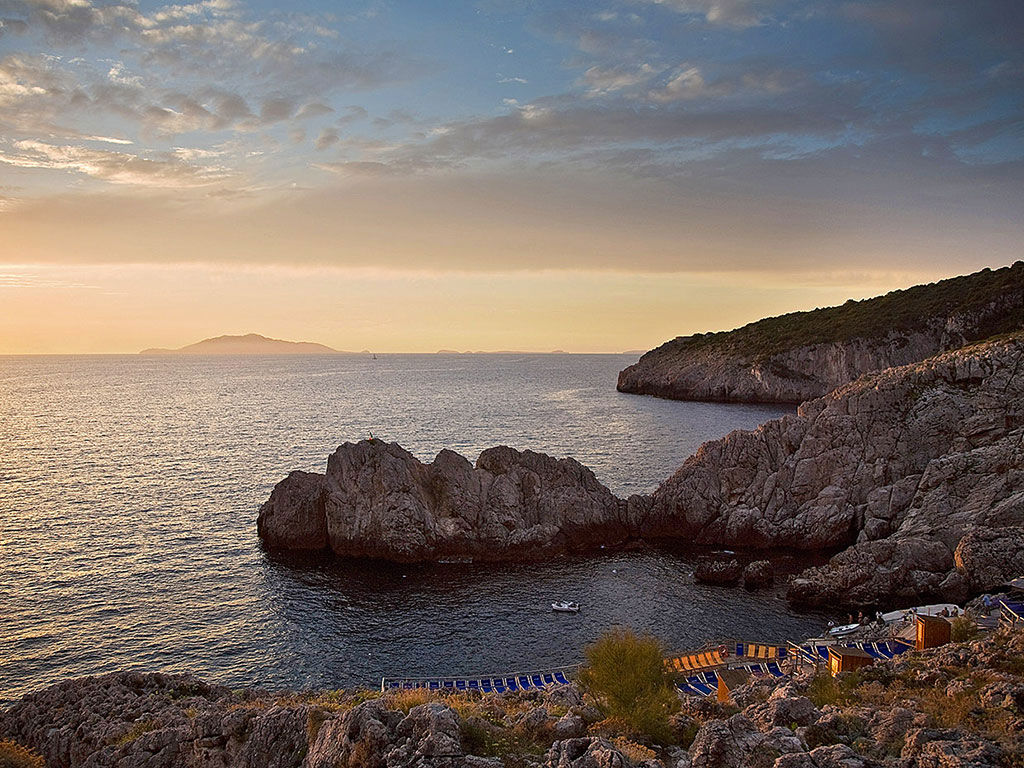
If you’re on the island of Capri when the sun goes down, we suggest you take a bus to enjoy the sunset from the Punta Carena lighthouse. This is the only point on the island where you can watch the sun sink below the sea. It’s an enchanting location even on stormy winter days, when the waves crash on the rocks below.
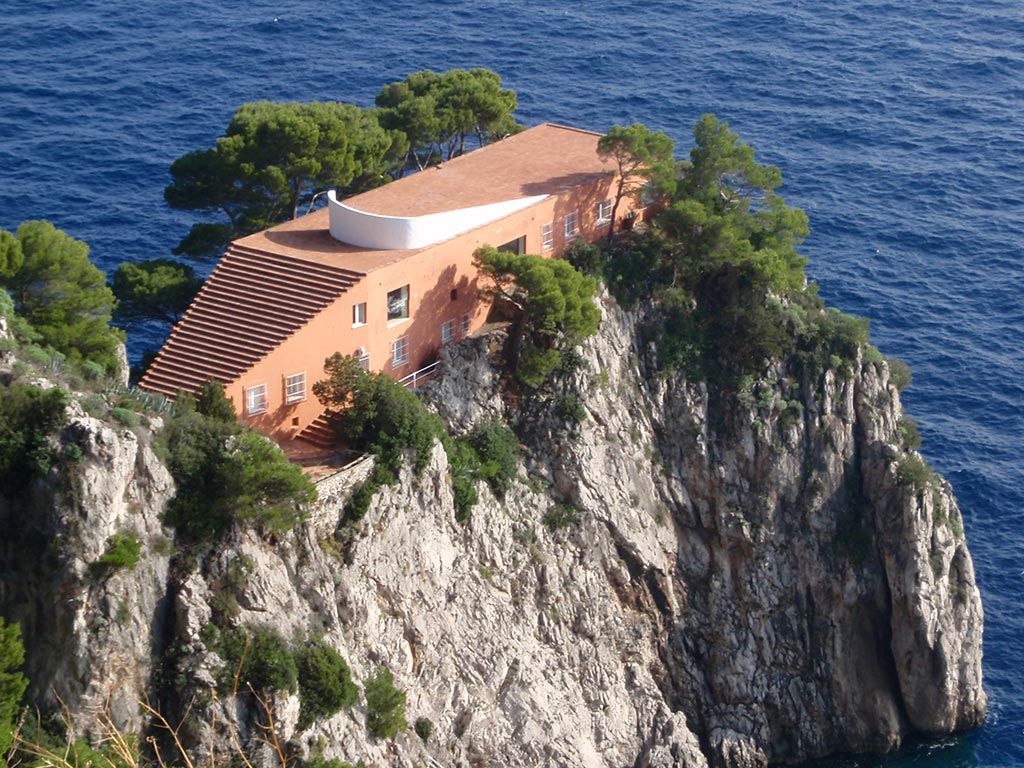
One of the best ways to discover the top things to do in Capri is to take a boat tour around the island. During this tour you'll see the coast of Capri from a unique perspective and visit iconic locations such as the Faraglioni, the Blue Grotto sea cave, and the numerous other caves that dot the coast. You can choose whether to take a private tour (with the boat just for you and those with you) or join a lower-cost group tour with others.
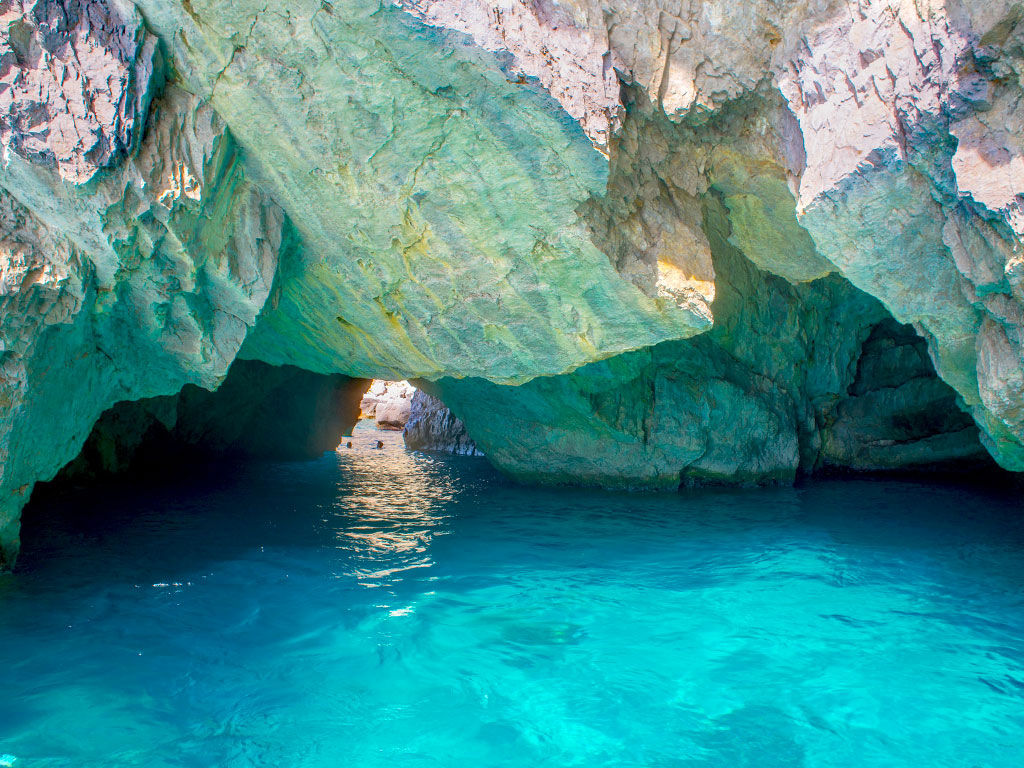
The Blue Grotto (Grotta Azzurra) is one of Capri's most famous attractions. This sea cave is known for its bright blue color, created by sunlight reflecting off the underwater walls. To reach the Blue Grotto, you can take a boat tour from Marina Grande or a bus from Anacapri.
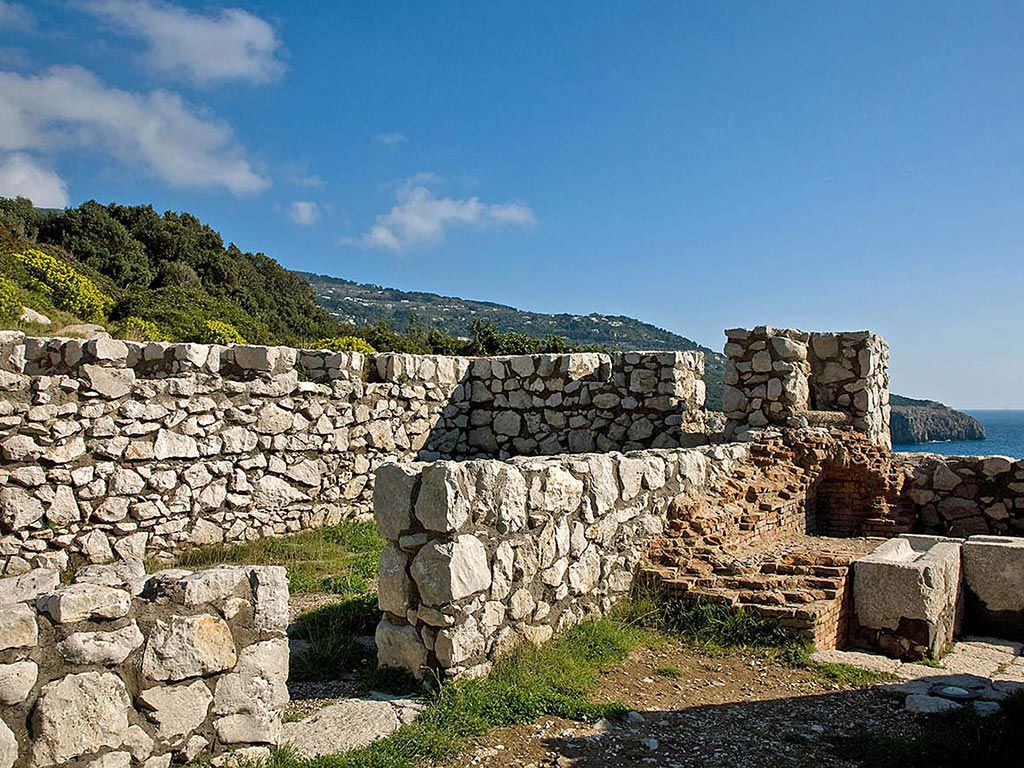
One of the most spectacular walks on the island of Capri, the Sentiero dei Fortini hugs the coastline of Anacapri all the way from the Grotta Azzurra to Punta Carena. The route, scattered with rocky masses, sculpted promontories, and bays as deep as fiords, has been recently repaired, as have the three blockhouses which are united by the path.